Even with a Real ID, some rules still catch people off guard.

Airports are chaotic enough without surprises at the security line. While most people now know they’ll need a REAL ID-compliant driver’s license or ID card to board domestic flights, they often assume that’s the only thing they need to think about. Unfortunately, it’s not quite that simple. TSA rules, documentation quirks, and unexpected edge cases still create headaches for travellers, even those holding a shiny new Real ID.
What looks like a straightforward requirement can unravel into a web of small details that make or break your travel day. People get tripped up by name mismatches, old passports, or even the wrong type of ID entirely. And if you haven’t flown in a while, it’s easy to assume your documents are fine when they might not be. These 11 reminders can help you avoid common mistakes and breeze through security without a second thought—no frantic phone calls, no missed flights, no drama.
1. A Real ID isn’t accepted for international travel.
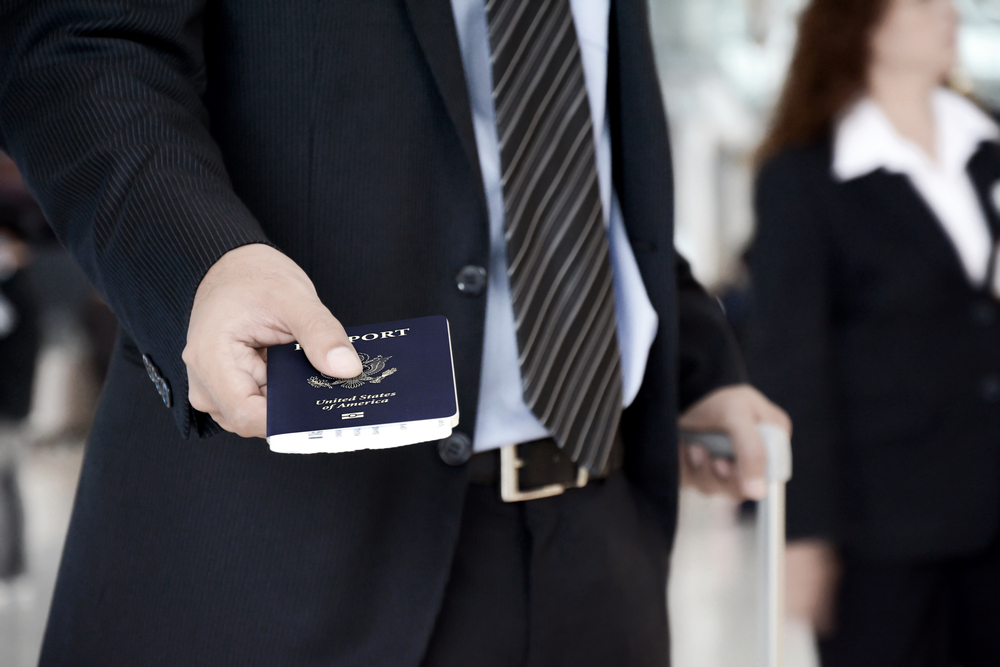
It may look official and government-issued, but a Real ID is strictly for domestic use. If you’re planning to fly internationally, even to nearby destinations like Canada or Mexico, you’ll still need a valid passport. A Real ID won’t get you through customs, no matter how new or legitimate it appears, experts at Dhs.gov reported. This has confused plenty of travelers who thought their Real ID was a passport replacement—it’s not, and it never was.
Some people assume that because Real ID is now a requirement, it must cover everything. That false sense of security has led to missed flights, especially among casual travelers who don’t fly often. Real ID is mainly about TSA checkpoints within the U.S., not border crossings. If you’re unsure what documents you’ll need, check ahead—airlines won’t be lenient just because you have the wrong ID in hand. It’s better to feel overprepared than stuck at the gate.
2. Military IDs are still accepted, but not all government IDs are.
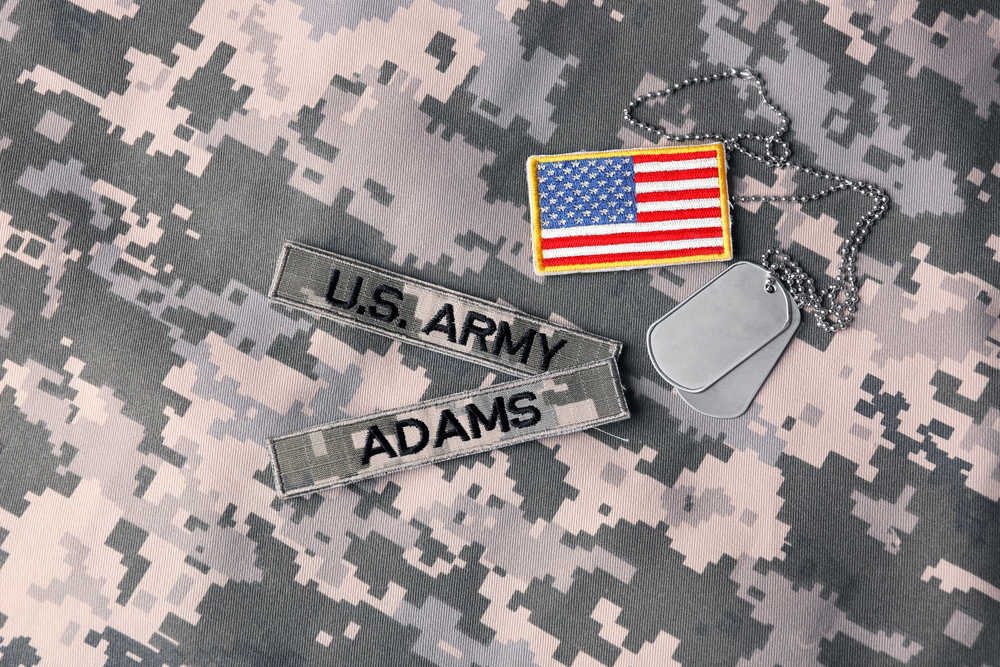
Many people working in federal or state jobs assume their government-issued ID will automatically qualify. But not all government IDs meet the TSA’s Real ID requirements, as stated by writers at TSA. Military IDs, for example, are fully accepted, but certain state-issued IDs—even those with official logos—might not be. It all comes down to how they were issued and what data standards they meet. Just because it’s from the government doesn’t mean it clears you to fly.
This has led to some awkward moments at security when someone presents what they believe is a valid government ID, only to be turned away. Even law enforcement and federal employees have had issues with this assumption. It’s worth double-checking your credentials now, especially if you’re flying for work or haven’t traveled since the rules changed. The last thing you want is to flash a badge and still miss your plane.
3. Your name must match your ticket exactly.

Even a small discrepancy between the name on your ID and your boarding pass can cause trouble. If your ID says “Jennifer Lynn Smith” and your ticket says “Jenny Smith,” that mismatch might be enough to hold you up at security. TSA agents aren’t known for flexibility when it comes to verifying identities, according to Rebecca Santana at TechXplore. Their systems are built to flag any inconsistency, and they don’t care if it’s just a nickname or missing middle initial.
This becomes especially tricky for people who’ve recently changed their name due to marriage, divorce, or any legal reason. You may have a Real ID, but if it doesn’t reflect the name on your ticket, that document suddenly isn’t so “real” in the eyes of TSA. Always double-check your travel documents when you book, not the night before your flight. Fixing it early can save you hours of hassle and embarrassment later.
4. Temporary paper licenses don’t count.
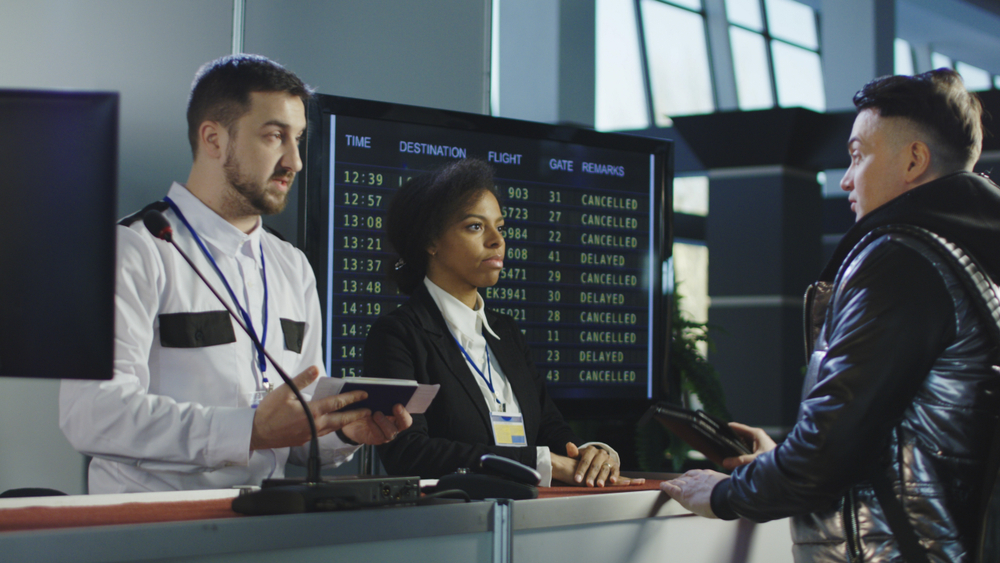
When you renew your driver’s license and receive a temporary paper version, it might seem like a valid ID. But TSA doesn’t accept those paper documents as official identification, even if they’re printed by your state’s DMV and clearly marked “temporary.” They want the final, physical card—complete with the security features and barcode that scanners can read. Without that, you might find yourself in a stressful secondary screening process.
If you’re planning a trip and your license is about to expire, don’t cut it close. The lag between renewal and receiving the hard copy of your Real ID can be several weeks, especially during peak seasons. Travelers often assume the paper license plus a previous expired card is “good enough.” It’s not. If your ID is in limbo, bring your passport just in case. It might feel like overkill, but it can save your trip.
5. Kids under 18 don’t need a Real ID—but adults often forget.

It’s a common misconception that every flyer, regardless of age, needs a Real ID. The rule actually applies only to passengers 18 and older. Children and teens can still fly domestically without a Real ID—though airlines may request proof of age or guardianship for minors traveling alone. The confusion happens when families stress over getting Real IDs for their kids when it’s not even required.
That said, if your child looks older than their age or is close to turning 18, agents might ask for documentation. It’s helpful to carry something like a school ID or a copy of their birth certificate just in case. Parents sometimes overcorrect and bring too many papers or underprepare by skipping ID entirely. A little forethought goes a long way when you’re navigating the airport with kids in tow—and less drama means a smoother trip for everyone.
6. Not every state issues Real IDs automatically.
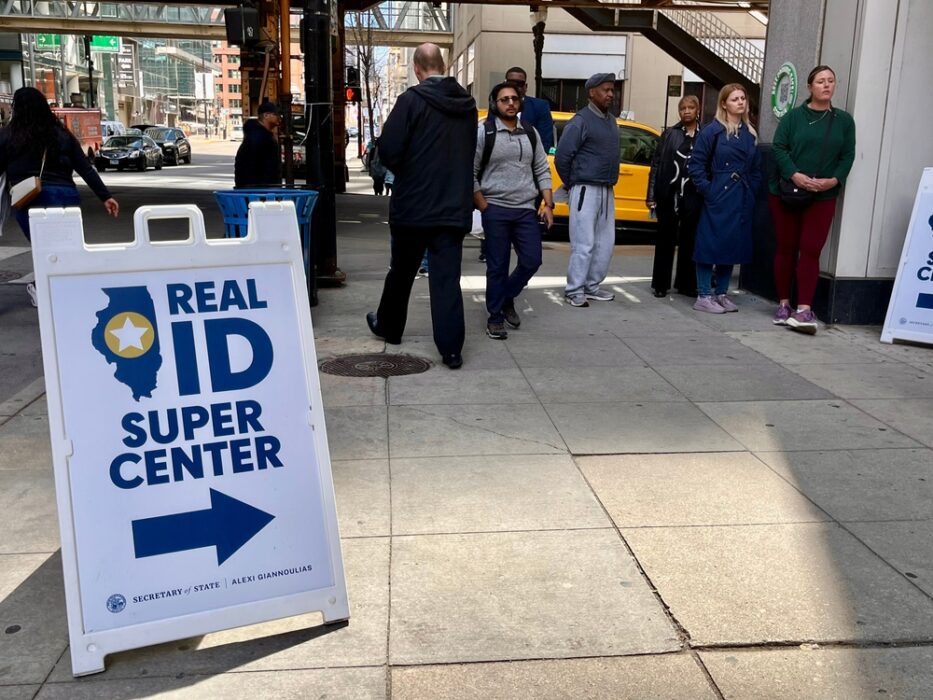
Just because you renewed your driver’s license recently doesn’t mean it’s Real ID-compliant. In some states, you still have to opt in and provide extra documentation to get the upgraded version. If your license doesn’t have the gold or black star (or specific mark for your state), it’s not a Real ID—even if it’s brand new. That’s caught plenty of travelers by surprise when they assumed the upgrade was standard.
States differ in how they handle this process. Some will give you a choice at renewal, while others require a separate appointment or visit. If you weren’t asked to bring in multiple forms of ID and proof of residency, chances are you didn’t get the Real ID version. Take a close look at your card before you book any trips. That little star could make or break your travel day.
7. Passports are always accepted—even for domestic flights.
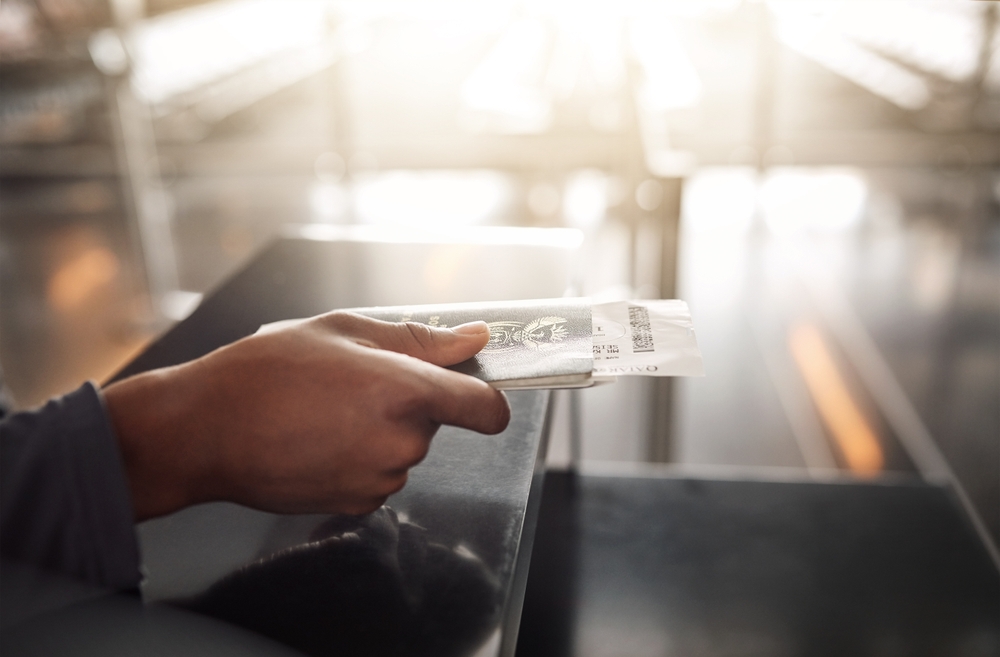
While Real ID is becoming the standard, it’s not the only acceptable form of identification for flying within the U.S. A valid U.S. passport is always accepted, even for domestic travel. Some travelers still default to their driver’s license and forget they have a perfectly valid alternative in their passport. This is especially helpful if your Real ID hasn’t arrived or your license is close to expiring.
People often worry about carrying their passport unnecessarily, but it can be a great backup. If your Real ID is damaged, lost, or rejected for any reason, a passport can save the day. It’s also useful if you might need to reroute internationally in case of an emergency. Keeping both on hand gives you options, and when it comes to air travel, options equal peace of mind. Just make sure your passport isn’t expired—that detail still matters.
8. Digital IDs on your phone won’t get you through security.
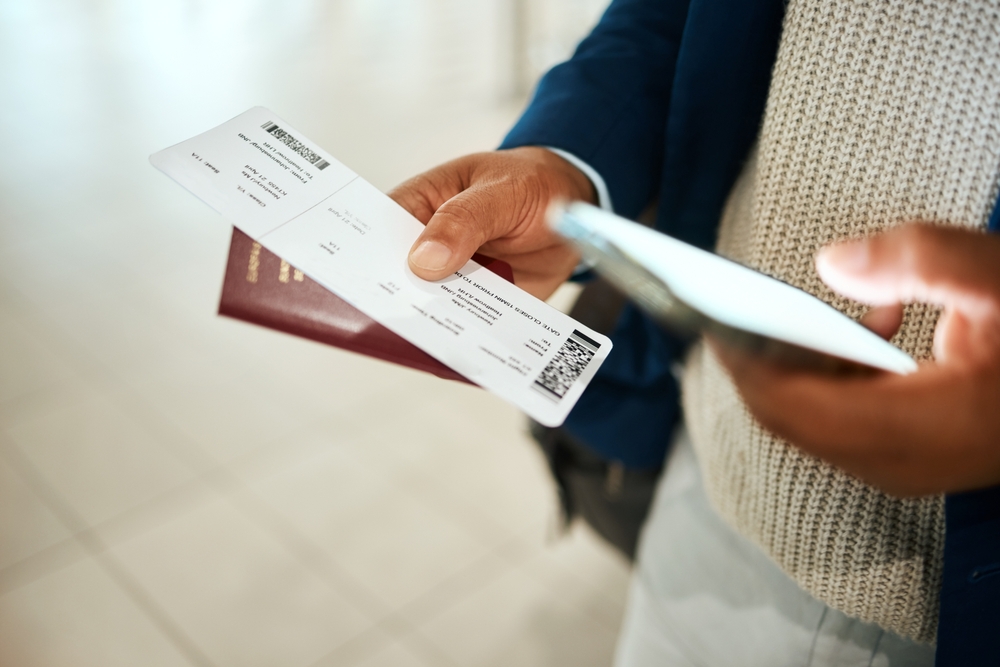
Despite advances in mobile wallets and digital driver’s licenses, TSA still requires a physical form of ID at most airports. That means if you’ve loaded your Real ID into your phone’s Apple Wallet or state-approved app, it probably won’t count at the checkpoint. While some airports are piloting digital ID programs, they’re not universal—and relying on them could leave you stuck.
People get too comfortable with their digital tools and forget that security lines are slow to evolve. Until digital ID is officially accepted nationwide, always carry the physical card. It doesn’t matter how secure or advanced your phone’s technology is if the TSA agent doesn’t have a compatible scanner or policy. Save the digital copy as a backup or for convenience, but don’t make it your only plan. Old-fashioned plastic still rules when it comes to air travel.
9. You’ll need additional documents for enhanced licenses.
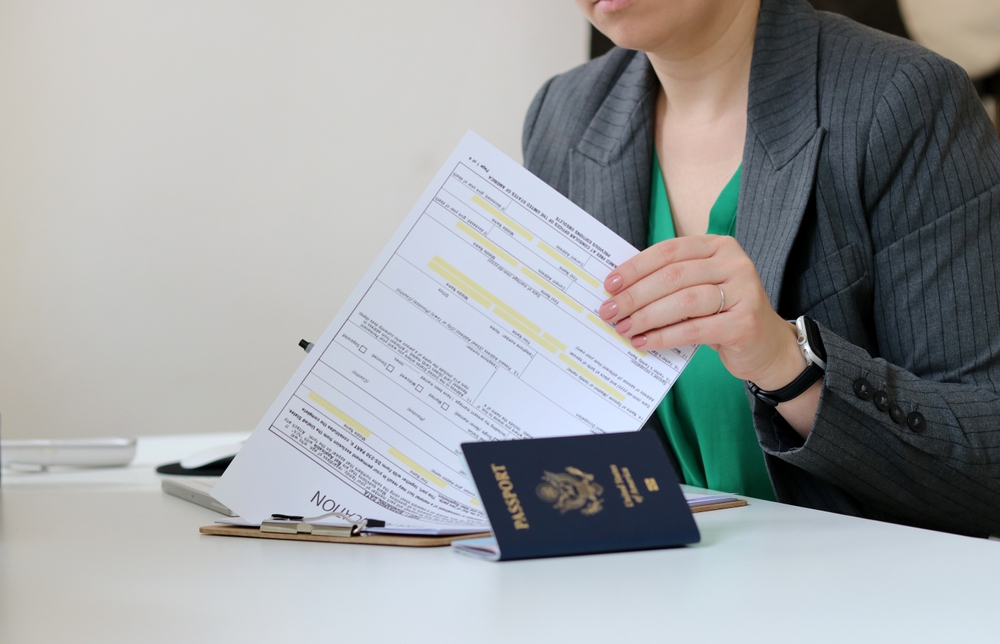
Some states offer an “enhanced driver’s license,” which includes border-crossing capabilities to Canada and Mexico. But getting one isn’t automatic—you’ll need to submit extra proof of citizenship, like a birth certificate or passport. People often confuse Real IDs and enhanced licenses, assuming they’re interchangeable. They’re not. The Real ID works for domestic flights, while the enhanced version is valid for land and sea border crossings, but not for international air travel.
The added documentation requirement catches people off guard, especially when they go to the DMV expecting a quick upgrade. It’s also important to know that not every state offers enhanced licenses, so check your state’s policies before making any assumptions. If you’re planning a road trip across the border, you’ll need to be sure your ID covers that. Otherwise, you could face delays or be denied entry—something that’s easily avoided with a little planning.
10. Your Real ID must be in good physical condition.
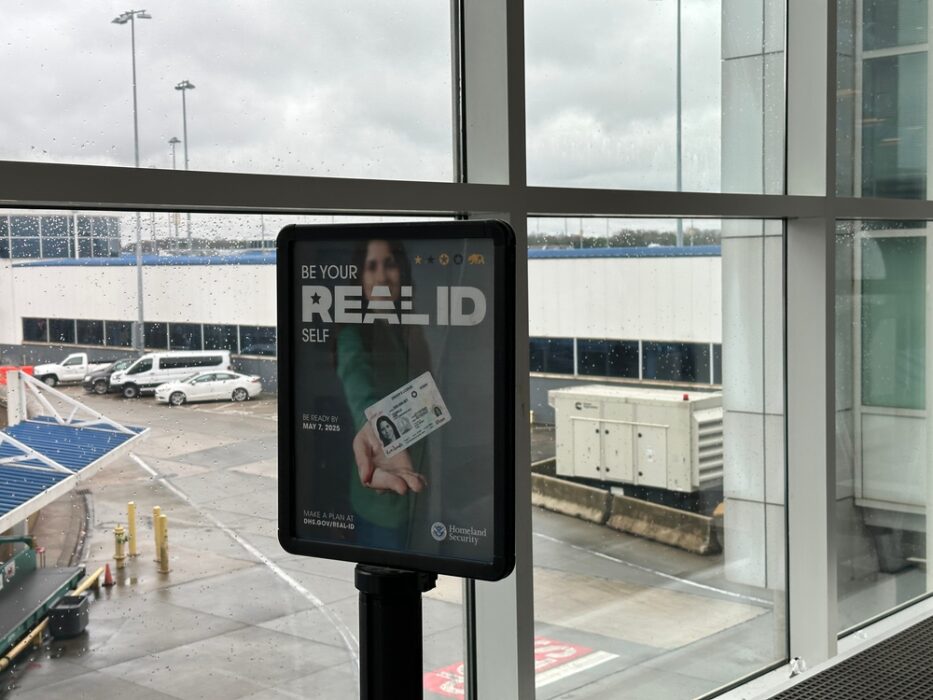
A bent, cracked, or heavily worn ID card could cause trouble at security. TSA agents and scanners rely on being able to read the barcode and visually inspect the card’s features. If your Real ID is too damaged to scan or read clearly, you may be subject to additional screening—or worse, denied entry. This surprises people who assume “valid” simply means “not expired,” but appearance matters too.
Over time, cards can wear down in wallets or get damaged in purses or pockets. If your Real ID looks rough, it might be time to replace it even if it’s still technically current. Some states will let you request a duplicate card online for a small fee, so don’t wait until you’re at the airport to realize it’s unreadable. A little attention to condition can save a big headache at the gate.
11. Real ID enforcement keeps getting delayed—don’t count on it.
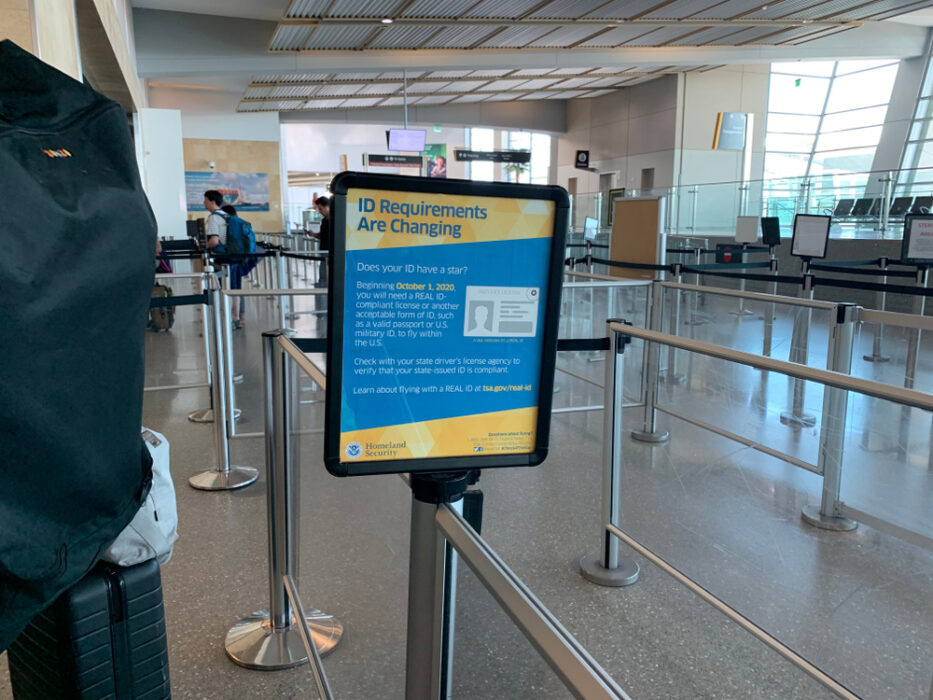
The deadline for requiring Real ID at airports has been pushed back multiple times since the law passed in 2005. Because of these delays, many travelers assume the rule will never truly be enforced. That’s a risky assumption. As of the current timeline, enforcement begins in May 2025—and this time, agencies seem serious about sticking to it. If you wait too long, you could be among the many turned away at security.
There’s also a tendency to think that airport staff will offer leniency at the beginning. They won’t. TSA agents aren’t going to let you board because you “thought you had more time.” They’ll simply follow the rules in place, and that means no Real ID, no boarding pass. If you’re still holding out or procrastinating, now’s the time to act. Treat the new deadline like it’s set in stone—because this time, it probably is.
